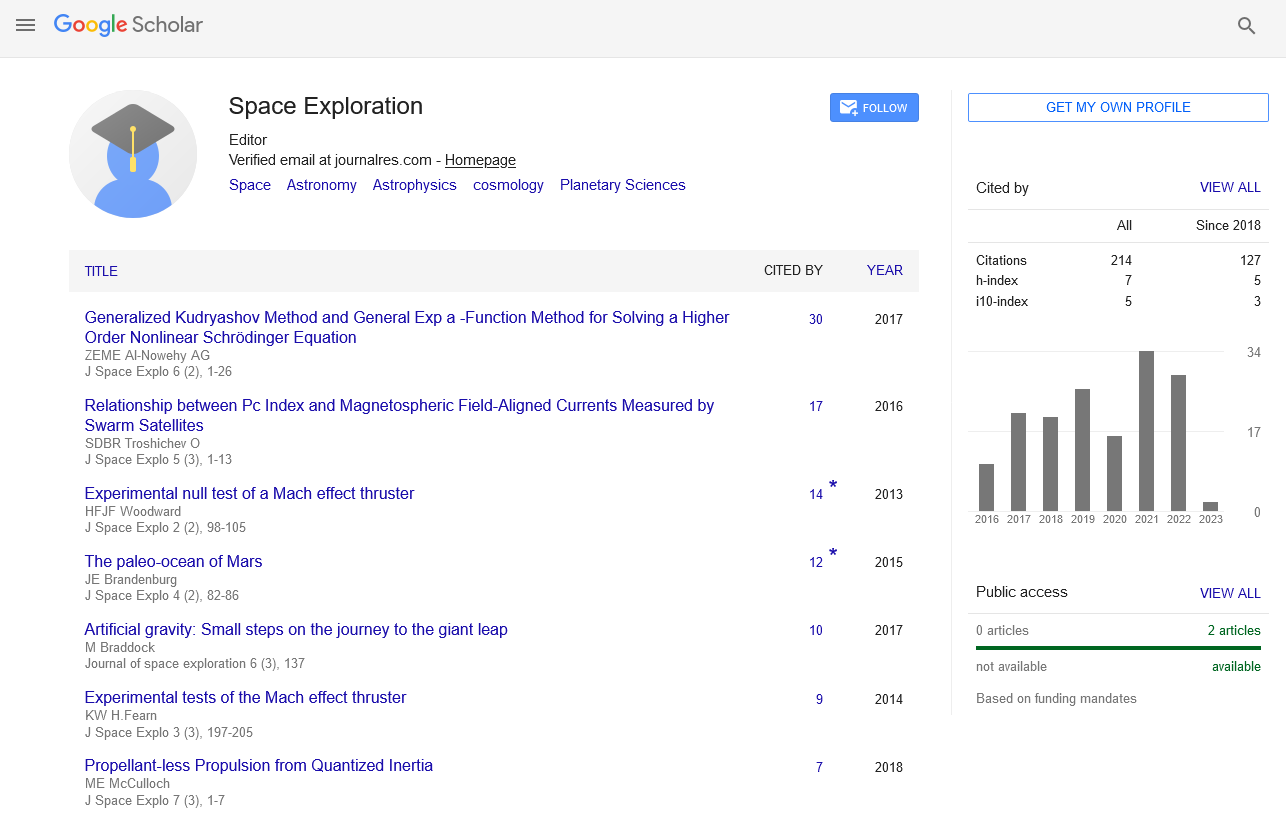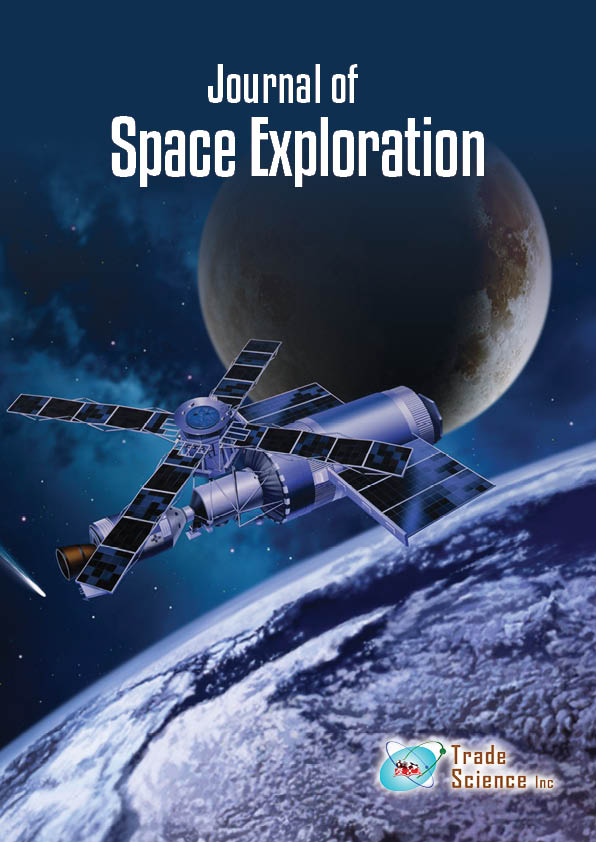Abstract
Measuring the speed of gravity and/or the Coulomb force
Author(s): Deasy HughThe Newtonian theory of gravity implies that there is an instantaneous response of a test mass to a gravitating body even if it is light years away. General and special relativity, on the other hand, require that nothing (with the exception of particles with imaginary rest mass or wave packet phase velocities) may travel faster than light. If gravity travels at the speed of light, however, there may be a problem with ‘aberration’ and non-normal gravitational components in the gravity of a source mass acting on the orbit of a test mass[5]. Recent estimates[1,2] from gravitational tides on the Earth seem to confirm that gravity propagates at light speed. Nevertheless, another recent estimate[9] considering lunar-solar gravitational effects on satellite motions came to the conclusion that gravity travels faster than light. This then implies that the need for a ‘retarded’ correction to the Newtonian force is in doubt. The experiment proposed may be performed with modern sensors to allow measurement of the speed of gravity to be made in the laboratory. If there is no aberration, then no time delay should be measured in the proposed experiments. The experiment may also measure the speed of the Coulomb force to confirm the absence of aberration there as well. Experimental evidence for the absence of aberration in the Coulomb force seems to already exist[8] supporting the need to independently confirm these findings.

